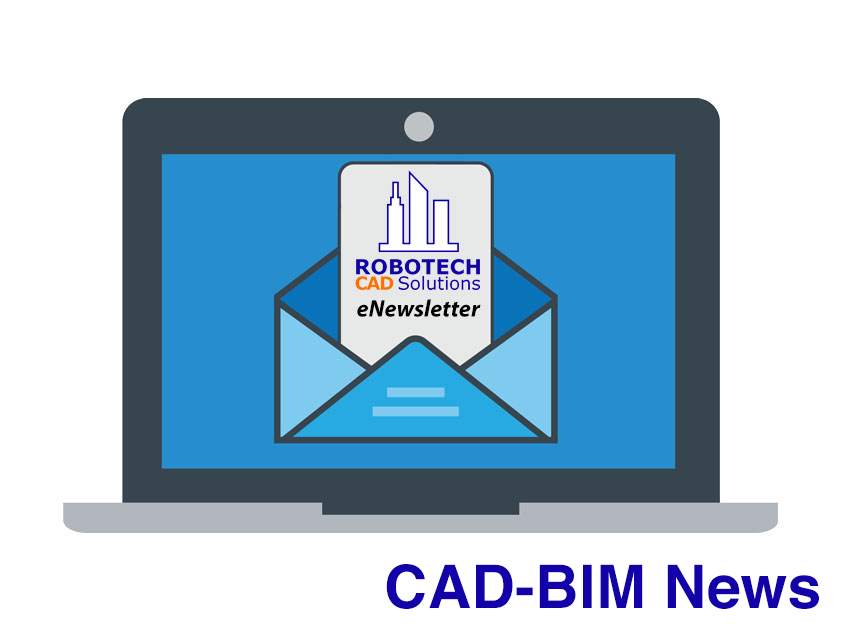
AutoNews CAD-BIM Monthly Newsletter – June 2022
AutoNews is an informational newsletter, courtesy for Robotech’s customers and followers. We hope you enjoy it and we welcome your feedback.

AutoNews is an informational newsletter, courtesy for Robotech’s customers and followers. We hope you enjoy it and we welcome your feedback.
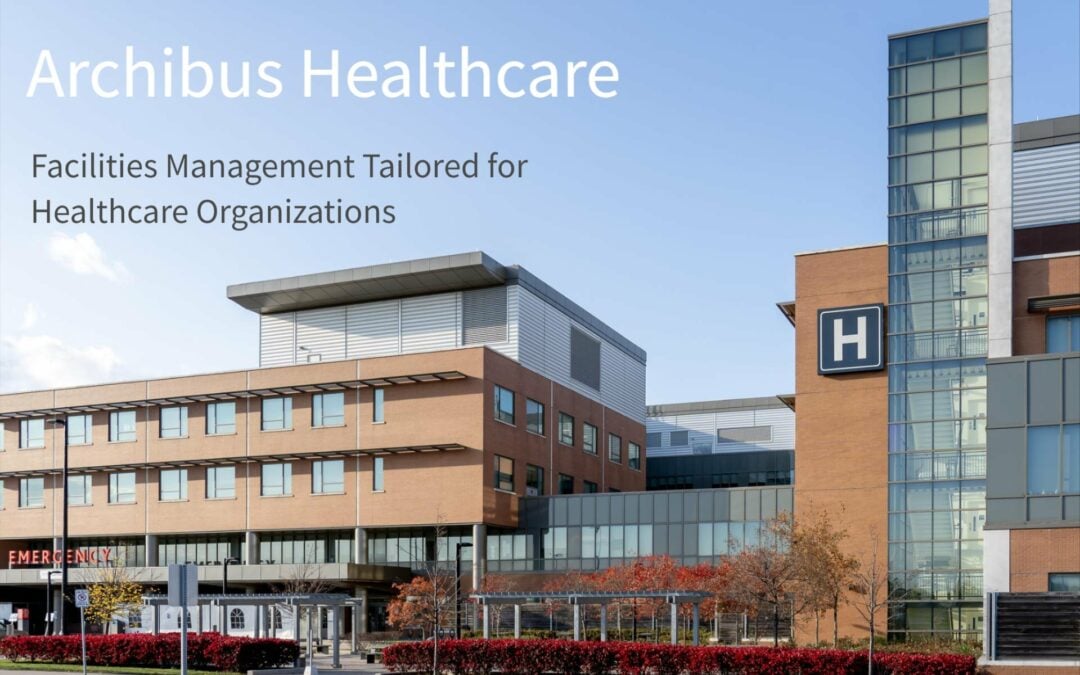
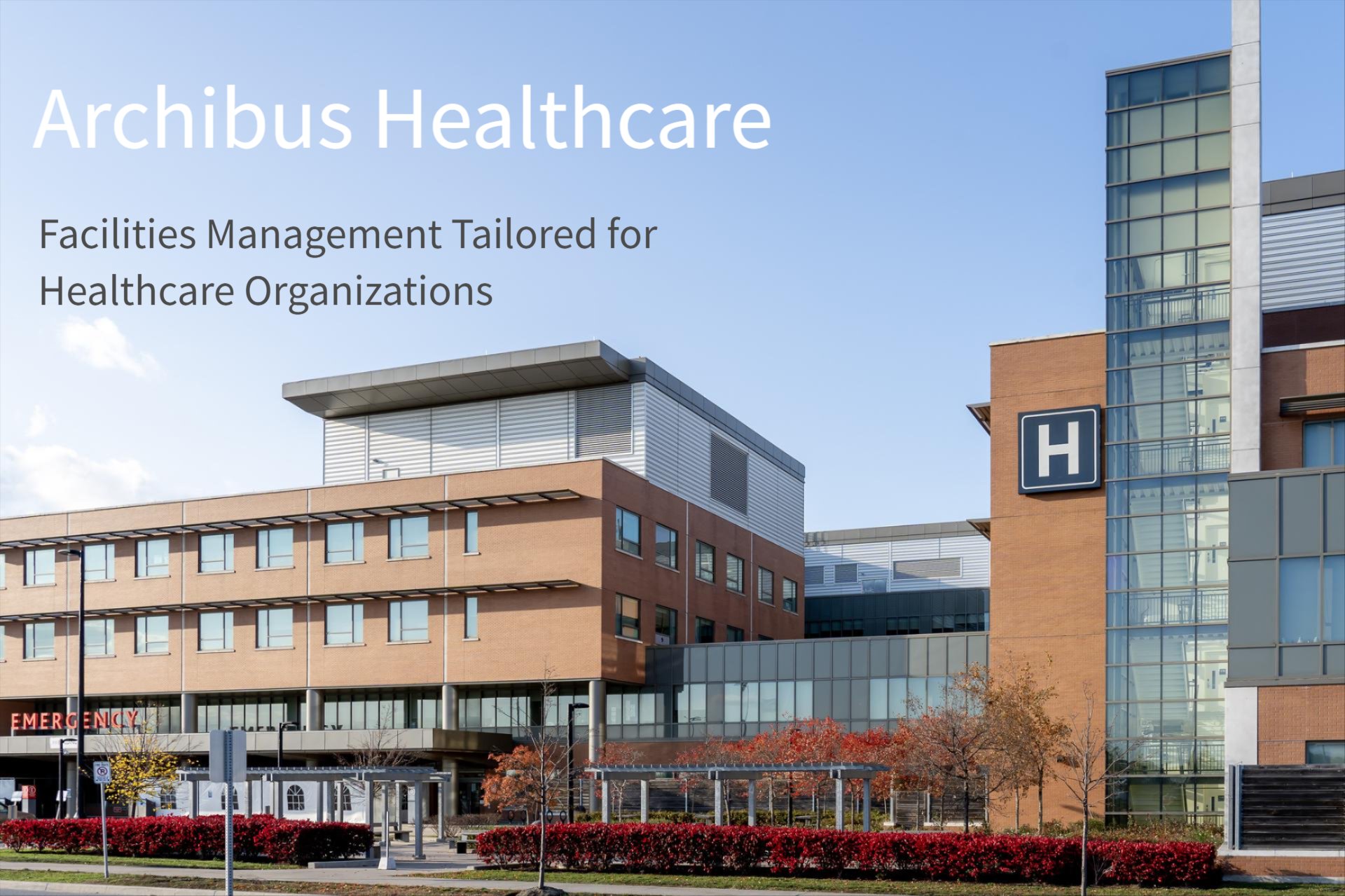
• Assets are accessible and the location meets organizational and regulatory requirements
• Spaces are compliant and deficiencies are resolved making hospital staff more productive and keeping patients as safe as possible
• Life safety building features (LSBF), such as fire barriers, escape exits and critical assets are easily tracked and managed
• Operations are optimized and stakeholders receive reports that are most important to them
• Building, floor, and room information, such as occupancy types, life-safety, room pressure, etc., is personalized to meet your needs
For more details on these new features, review these resources:
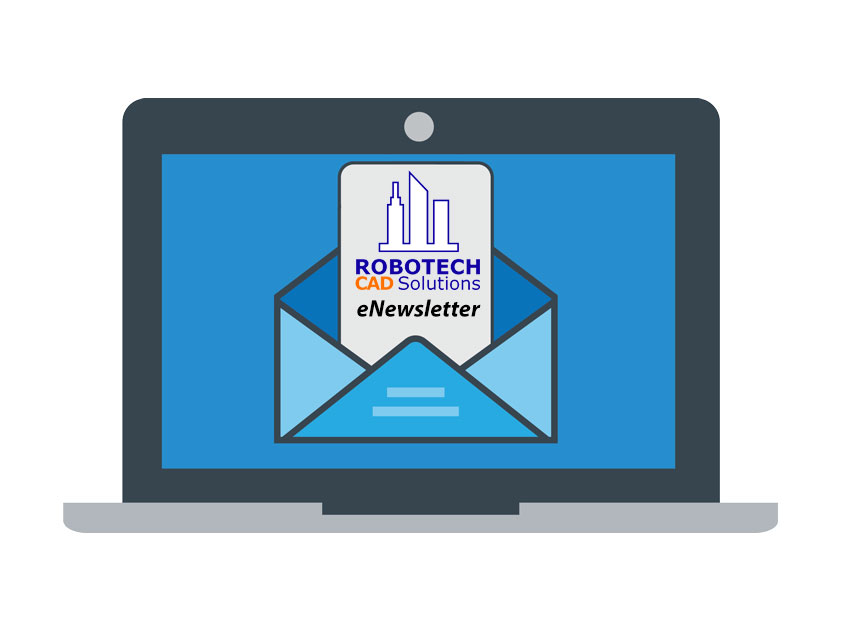
AutoNews is an informational newsletter, courtesy for Robotech’s customers and followers. We hope you enjoy it and we welcome your feedback.
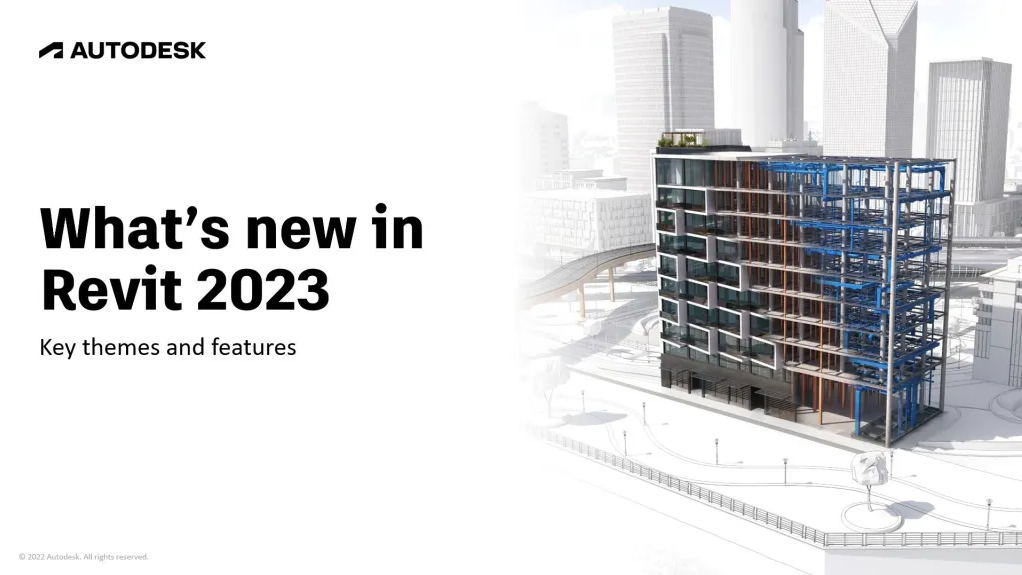

With Revit 2023, we’re pleased to provide capabilities that span all aspects of the workflow for electrical and mechanical design; from early conceptual design and analysis, to the creation and documentation of design deliverables, along with improvements to support detailed design for construction.
These improvements address a number of strategic areas, including using analysis as the basis of design, and using models as deliverables for construction. They also address quality-of-life issues for BIM practitioners, several of which were top vote-getters on on the Revit Idea Station.
Let’s get into it.
We are pleased to deliver a new early stage design workflow for electrical engineers and designers. Similar in concept to the Systems Analysis Framework provided for mechanical engineers in the 2020.1 release, new functionality equips electrical engineers to define early stage design information pertinent to power distribution within Revit.
Unlike traditional workflows that have engineers managing information in different places — preliminary one-lines, spreadsheets, DWGs, and often PDFs — this new workflow provides a way for Revit to manage the key electrical loads and distribution information, without having to physically model any part of it. We heard from designers that the requirements for distribution systems are defined and iterated long before it is necessary or even desirable to create a physical model. As such, it is now possible to conceptually define and connect loads and distribution system elements before commencing model creation.
This new workflow provides a BIM centric way to commence electrical power distribution design workflows, with a vision towards connecting those workflows to downstream workflows in the future.
One of the long standing big pain points with connected MEP networks is that they were never designed with phasing in mind. Over the years, this has resulted in two main problems that arise when an element is demolished, and resulted in one of the top MEP specific ideas on the Revit Idea Station. This release solves those two key problems, which are: elements losing their system association, and elements no longer connected to adjacent elements.
Historically, once an element (e.g., duct or pipe elements) is demolished, it no longer ‘remembers’ what system it was part of. As a result, various workarounds existed to be able to define views that show the appropriate demolished system elements (e.g., piping views for hydronic, plumbing, fire protection, medical gas, etc.) in appropriate demolition views. This has been resolved in this release. When an element is demolished, it still maintains relationship to the system, thus property values such as System Name, System Classification, and System Abbreviation persist.
Additionally, when elements are demolished (whether design duct/pipe, conduit, cable tray, or fabrication elements), they maintain their connectivity to adjacent elements, thereby support typical modification behaviors.
Note: this does NOT solve the larger problem of having independently computable states of mechanical or electrical system networks.
As the need to measure and reduce Building Energy Use and Carbon Emissions only grows and while Next Gen Insight is still in development we made a number of foundational improvements to Revit’s Energy Analytical Model. These will benefit Insight (for early stage / big picture energy analysis), Systems Analysis (for more detailed sizing and simulation) and gbXML export for 3rd party analysis tool.
While the main focus of these improvements relate to Accuracy, Precision and Performance, we started this by essentially refactoring key components originally written many years ago. This not only provides a better basis for making even more improvements in the future, it provides improved Revit processing speed up to 3X faster and now eliminates memory limitations for very large models in Revit 2023.
Beyond this, knowing the single biggest source of accuracy and precision issues with the Energy Analytics Model (EAM) come from the handling of curtain walls, the robustness and efficiency of this has now been greatly improved. For example, previously individual curtain panels would result in separate analytical surfaces, even when they had the same thermal properties. Now these are rationalized into a single analytical surface and this greatly reduces processing time in both Insight and Systems Analysis. There are also many other conditions/combinations of curtain panels and other elements that now resolve better.
Finally, and specifically for Systems Analysis because it uses EnergyPlus via OpenStudio measures, we’ve addressed a long list of small issues that together were pulling run success rate down to around 70% but is now close to 100%. This is based on our analytics and testing and we say close to 100% just because geometry never ceases to surprise and we’re not wanting to be complacent.
Two other highly rated MEP Idea Station items are related to improving the ability to annotate elevations of MEP segments. The improvement addresses both design and detailed fabrication elements, for mechanical, as well as electrical. Previously, the elevation of an element such as pipe or conduit was always reported relative to its reference level. This improvement provides the flexibility to define tags to annotate relative to the level, the project base point, or survey point. We also improved the available built-in parameters for annotating straight segment components of MEP systems to provide a lot more flexibility. These improvements address these Idea Station items:
We also added categories for Plumbing Equipment and Mechanical Control Devices (for things like thermostats), to make it easier to define views that contain the expected elements.
Additionally, in family editor, it is now possible to re-host a connector, allowing you to move it within family editor without having to redefine it.
Another request we implemented is adding a parameter for the circuit number for the Electrical Equipment category, so it can be included on tags, schedules, and view filters, just like all other electrical devices and mechanical equipment.
Lastly, we improved the way that annotation symbols nested in family with the ‘maintain annotation orientation’ option properly maintain orientation in certain cases. There were cases where symbols that are directional in nature (e.g., an exit sign with directional arrow) could show inconsistently between plan and ceiling views, and we also addressed the issue where a family rotated on the surface of a wall (e.g., rotating a duplex receptacle from vertical to horizontal) could result in unexpected annotation orientation.

An improvement to manufacturing workflows is that we addressed consistency problems related to how holes for damper blades develop in duct fittings. Prior to this improvement, proper support for holes is somewhat inconsistent across patterns, and the behavior could be a bit unpredictable. In some cases, holes are not developing even if configured to do so, and in other cases, holes are developing at incorrect locations, resulting in a lot of manual 2D modification of duct developments, disrupting manufacturing operations.

Addressing this cuts out manual intervention in the process, thereby streamlining design to manufacturing and assembly workflows.
Building on the foundation of Revit 2022.1, Revit 2023 adds enhancements for the creation and editing of detailed mechanical models, making it easier to accurately create a model that is ready for installation, and in particular, making it easier to deal with the complexities of sloped piping systems.
In 2022.1 the improvements were:
In 2023, additional enhancements improve the editability of fabrication elements, applying similar capabilities that historically only existed on design elements. These are:
There are a wide variety of improvements to the Revit platform that provide a benefit to MEP users. One of our favorites is the new ability to displace elements in 2D views, which addresses this long standing Idea Station item:
“We need the ability to offset annotation symbols in families to prevent overlapping symbols in our documentation. Maybe the annotation could attach to a widget (similar to the room calculation point) that allowed dynamic movement of the annotation in the project.” – Jerry
Additionally, improvements enable tagging of displaced elements which addresses this idea station item:
“I want to draw attention to the fact that several versions of Autodesk Revit tool we have “Displace Elements”. This tool would be very useful for engineers to create isometric views of piping systems, cable trays, air ducts, etc., but we cannot tag displaced elements!” – R_Mitin
Be sure to check out all the Design Productivity and Documentation Efficiency improvements in Revit 2023.


Building Information Modeling (BIM) is a collaborative project management process that is used to manage the design, construction, and process of real estate, infrastructure, and facilities assets. At its core is the inclusion of all (as many as possible) of the project’s stakeholders, including facility professionals.
More specifically, from a lifecycle management perspective, the process allows for a facilities and operation viewpoint to be considered throughout the building design and construction periods. The process also provides an opportunity to transfer quality data – through the model’s database – that is generated at different building lifecycle phases to an integrated workplace management system (IWMS). In turn, the IWMS enables facilities professionals to hit the ground running once the building is commissioned and occupied.
But what information is needed to ensure a seamless transition from the design-build phase to operations?
The following guide provides a BIM Execution Plan to define the BIM-related workflows and responsibilities for each project; a Level of Development (LOD) reference standard to provide clarity throughout the construction process; and answers many of the questions you may have when considering deploying and IWMS with BIM.
Download the guide, Best Practices for Using BIM in an IWMS, to explore best practices in data gathering and implementation.
Call us at (201) 792-6300 to speak with a Robotech representative to find out how you can get access to the right BIM solution.